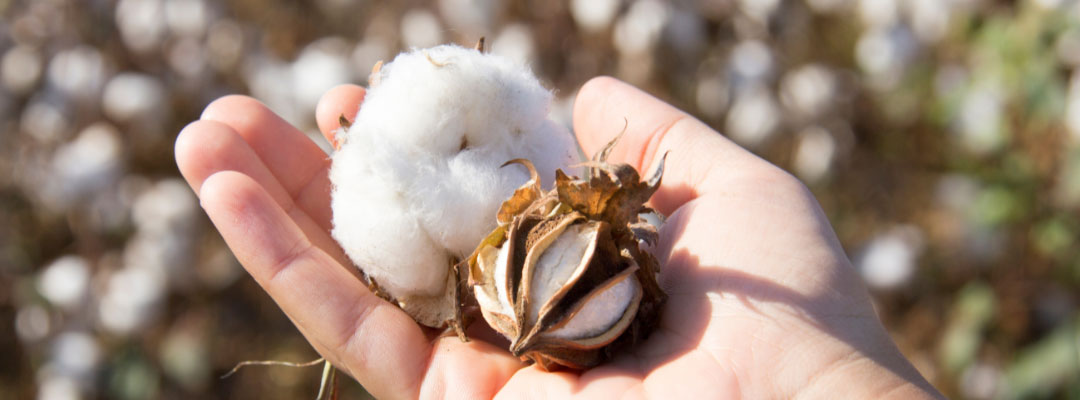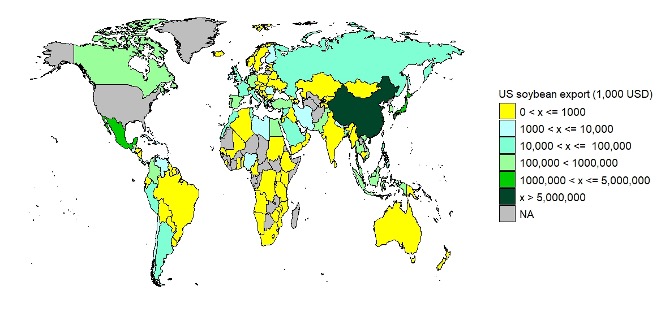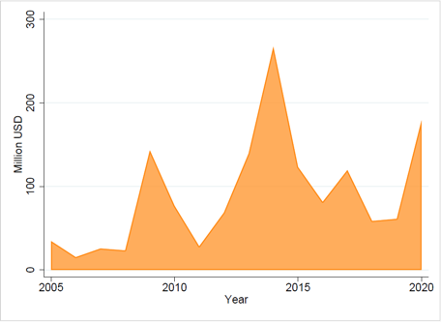In Part 1, we examined the importance of international markets for cotton growers amid a significant decline in U.S. cotton processing capacity. Since 1995, U.S. cotton mill use has plummeted by 84%, reaching 1.85 M bales in the 2023 crop season—the lowest level in over a century. During this period, Brazil’s production surged, enabling it to surpass the U.S. in cotton exports. In this second part, we briefly analyze yield and production trends in both countries, exploring their potential impact on future exports.
After the World Trade Organization (WTO) Agreement on Textiles and Clothing (ATC) came into effect in 1995, U.S. cotton production averaged 17.1 million bales annually. For the 2024/25 crop season, the USDA estimates production at 14.5 million bales (Fig. 1), reflecting an improvement over the past two years. However, untimely rains have hindered optimal crop development in Texas, the largest cotton-producing state. In 2023, Brazil outpaced the U.S. in cotton production (Fig. 1), with USDA forecasting a harvest of 16.7 million bales for the 2024/25 crop season – nearly nine times the amount produced in 1995. This growth in Brazil is primarily due to land expansion and yield improvements.
Figure 1 – Cotton Production in the U.S. and Brazil: 1960 – 2024.

Source: FAS/USDA/PSD.
Brazil’s cotton acreage has expanded by 71% since 1995. Most Brazilian cotton is grown as a double crop, following soybean harvest. Cotton competes for land with corn, allowing farmers to benefit from fiber-food diversification. This year, low corn prices prompted growers to shift more acreage to cotton, resulting in a 16.8% increase in planted area.
Post-ATC, Brazil began outperforming the U.S. in cotton yield. Enhanced farming practices and the introduction of transgenic cotton seeds in the late 2000s significantly boosted productivity. Brazilian yield soared from 323.9 lbs./ac in 1995 to 1,705 lbs./ac in 2023 – a fivefold increase. In contrast, U.S. cotton yields have plateaued around 846.5 lbs./ac since 2004 (Fig. 2), a notable achievement considering the challenging weather conditions faced by U.S. producers.
Figure 2 – U.S. and Brazil Cotton Yields.

Source: FAS/USDA/PSD.
Brazil’s soil and climate favor cotton expansion, signaling a promising export future. However, the profitability of second-season corn often influences farmers’ decisions to plant cotton. Expanding cotton beyond traditional areas is limited by the need for specialized infrastructure, such as cotton gins and storage facilities. Moreover, cotton demands more sophisticated technology and a longer growing season than corn, adding climatic risk to production. Despite these challenges, Brazil has made notable progress. In 2023, the country achieved a milestone by exporting cotton to Egypt, showcasing the enhanced quality of its fiber. Additionally, a new export route through the port of Salvador, strategically closer to the key cotton region of western Bahia, was established to alleviate bottlenecks at Santos, Brazil’s main export hub.
Brazil is poised to contend for the top position in global cotton sales. Preliminary analysis indicates that cotton remains more profitable than corn in the country. Despite narrowing margins for Brazilian cotton producers, a modest increase in acreage is expected for the next cycle. Cotton prices on ICE Futures in New York have fallen by 20% since February, now trading around $0.70 per pound. Meanwhile, the dollar’s 12% appreciation against the Brazilian real has bolstered Brazil’s price competitiveness, mitigating the impact of falling cotton prices in the country. Although recent droughts in the U.S. have curtailed production, Brazil’s surging output has halted the effects on global prices. Monitoring Brazil’s cotton market provides valuable insights into global price trends and affects marketing strategies for Southern U.S. growers.
References.
FAS/USDA/PSD. PSD Data Sets. Retrieved from: https://apps.fas.usda.gov/psdonline/app/index.html#/app/home[Accessed September 18, 2024].
Cali, Yuri, and Rachel Judd. “Shifting Winds: The Changing Landscape of Cotton Production and Exports in the U.S. and Brazil (Part 2).” Southern Ag Today 4(40.4). October 3, 2024. Permalink











